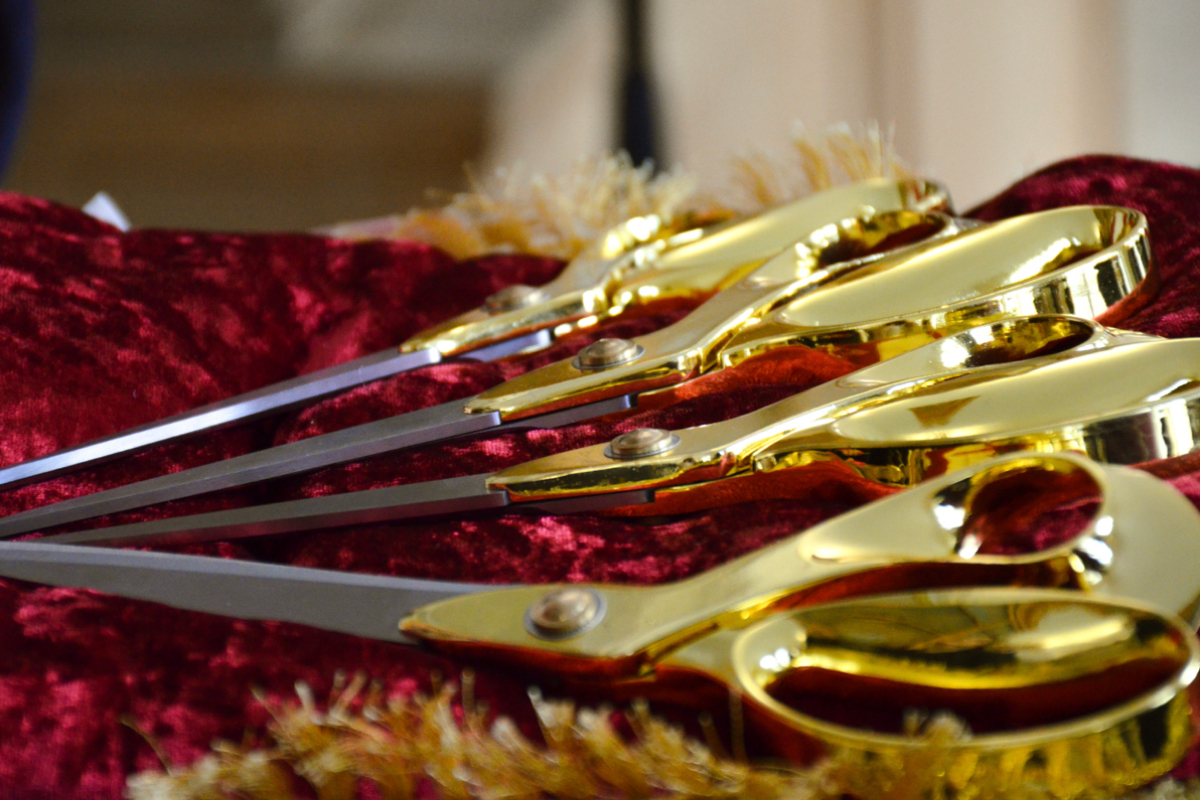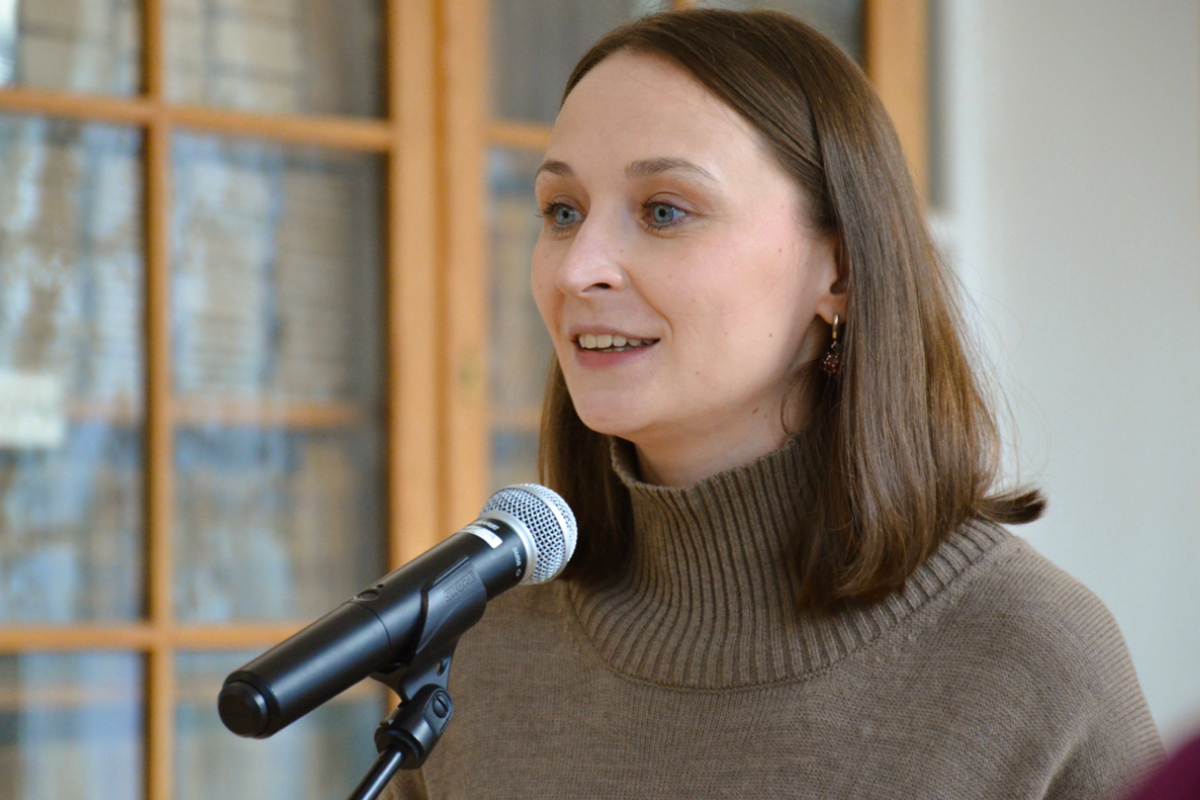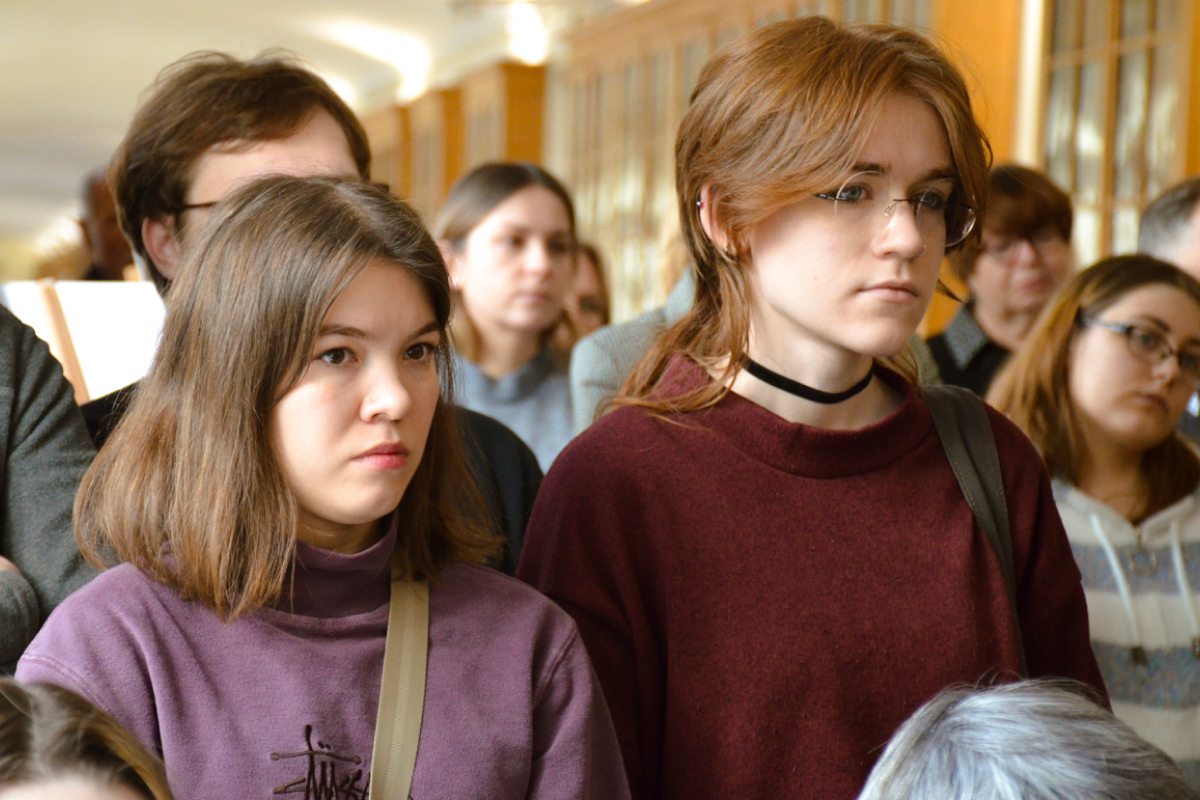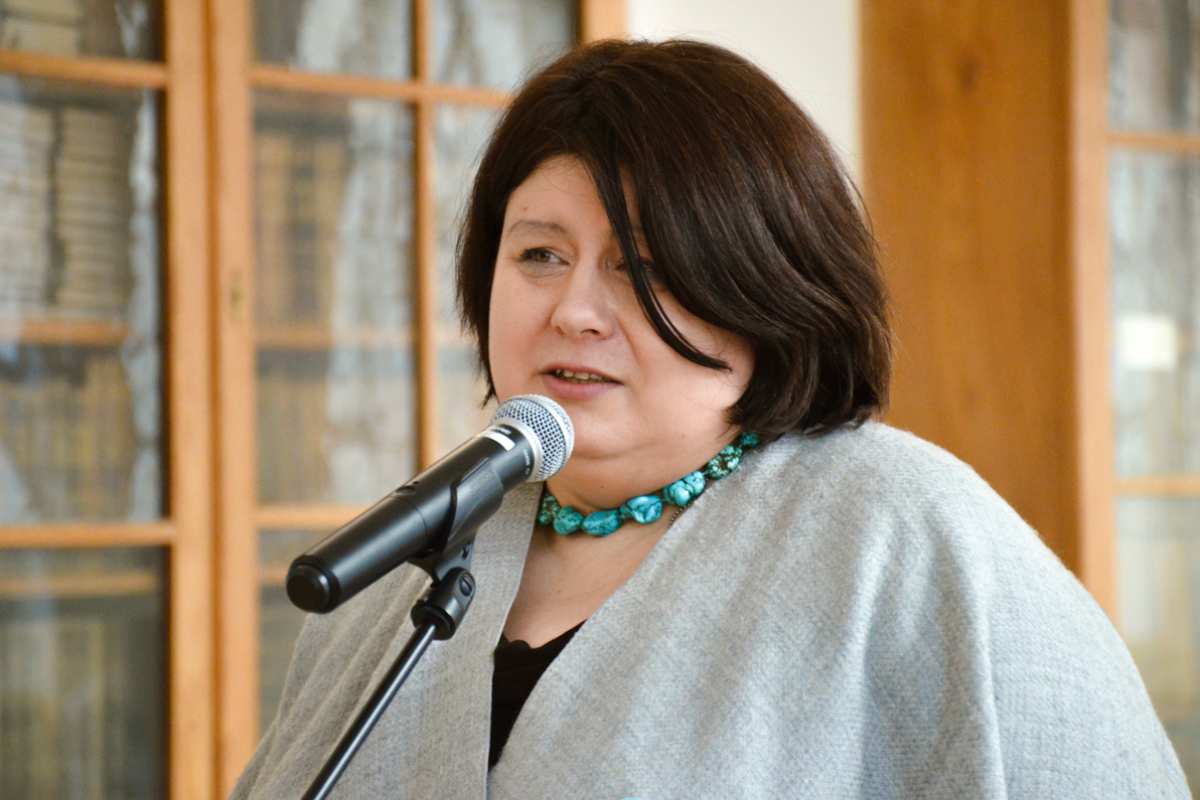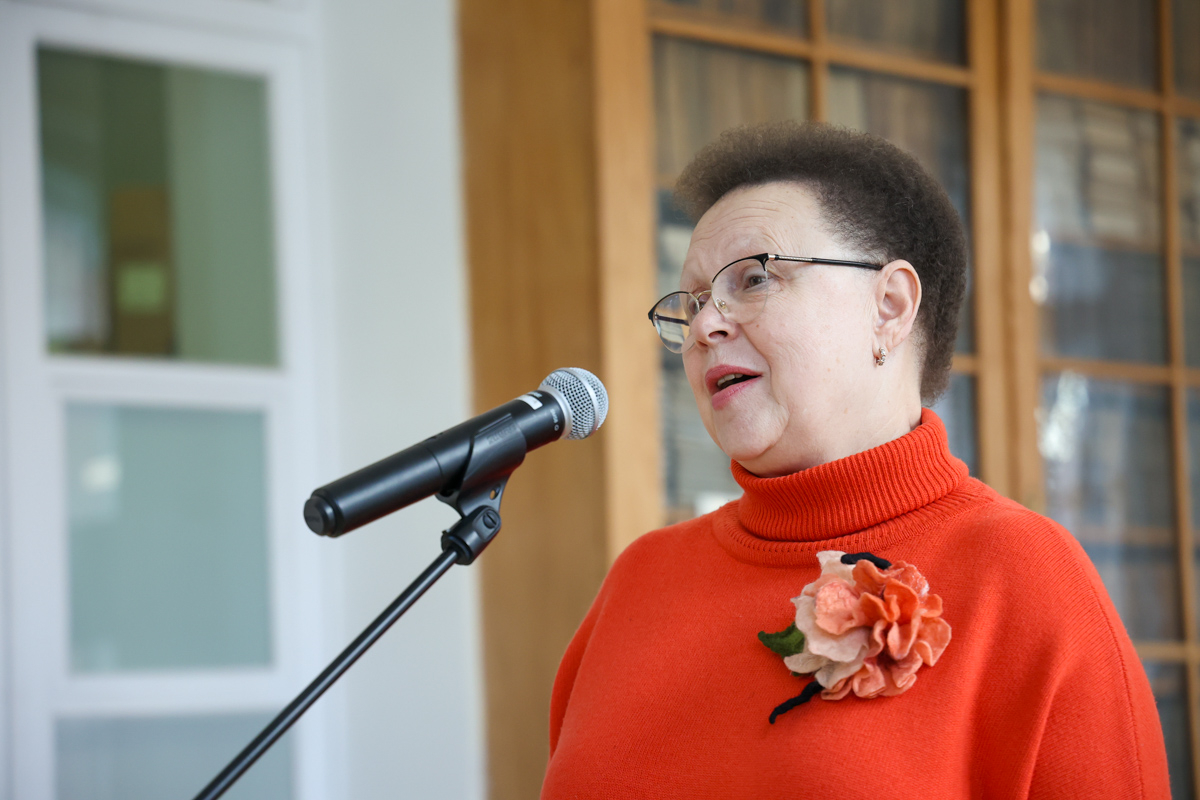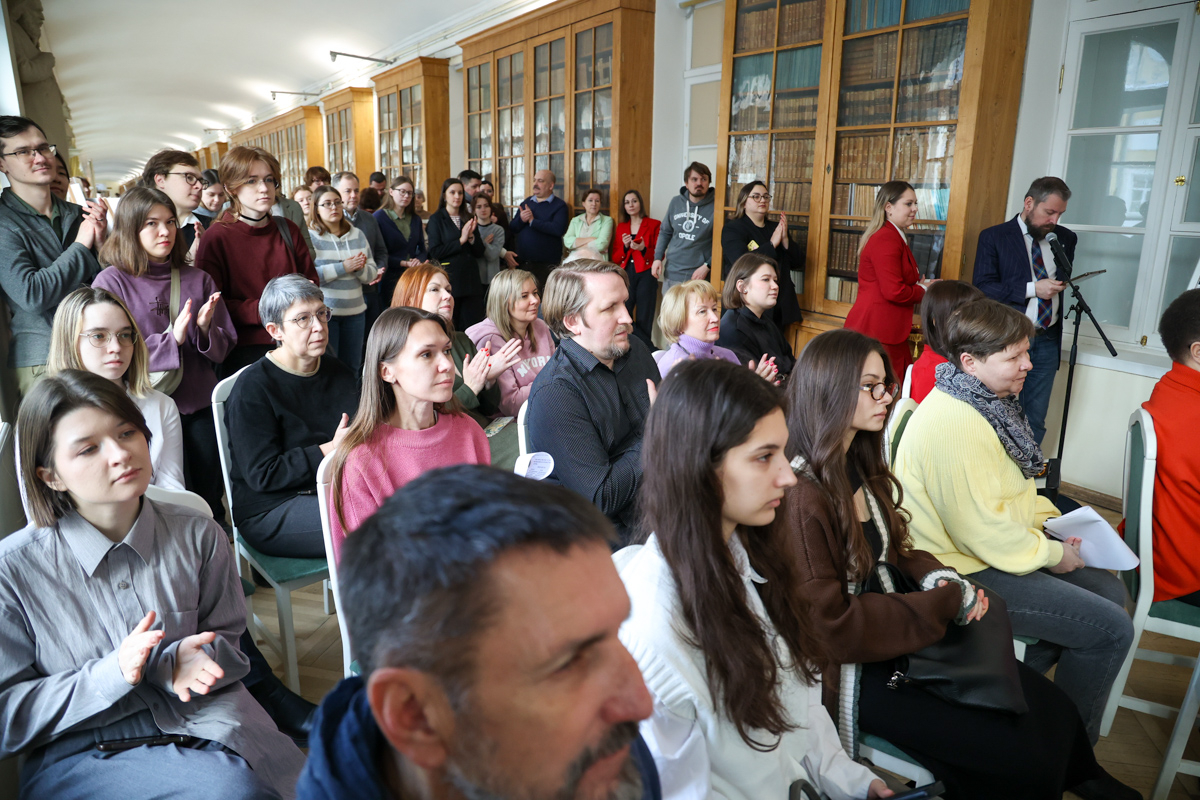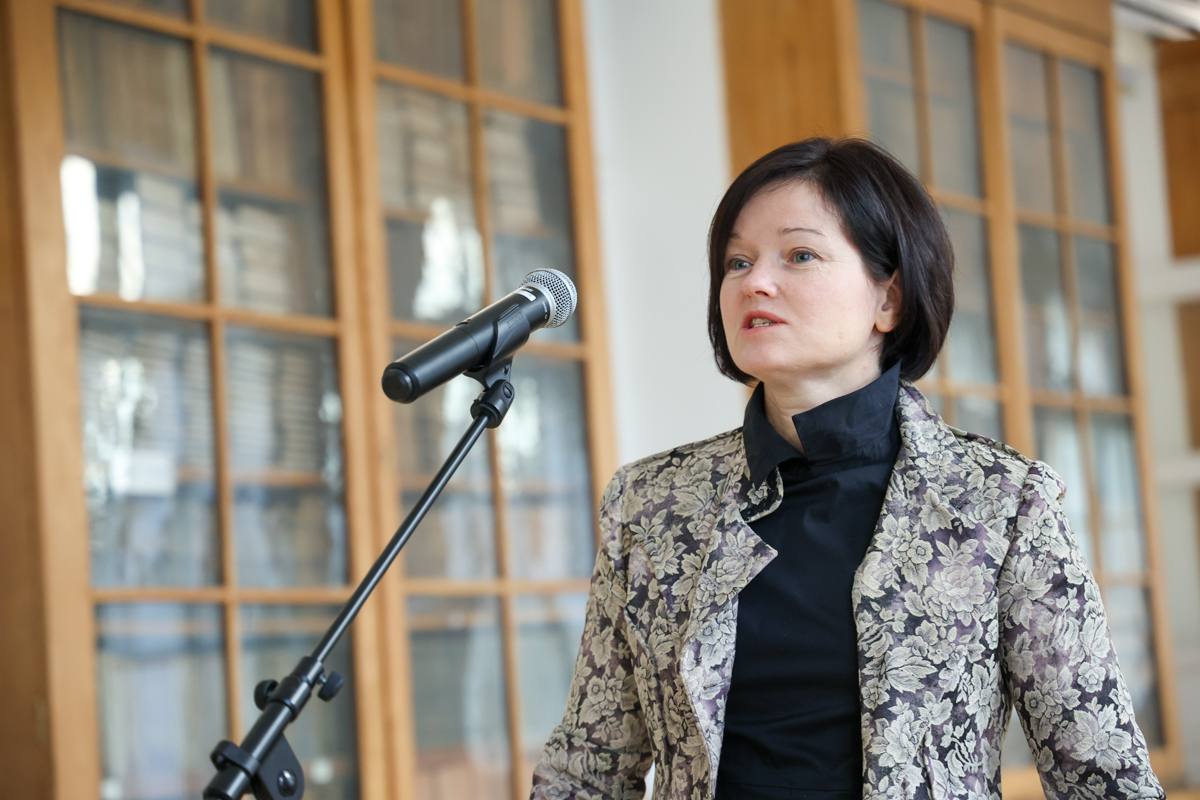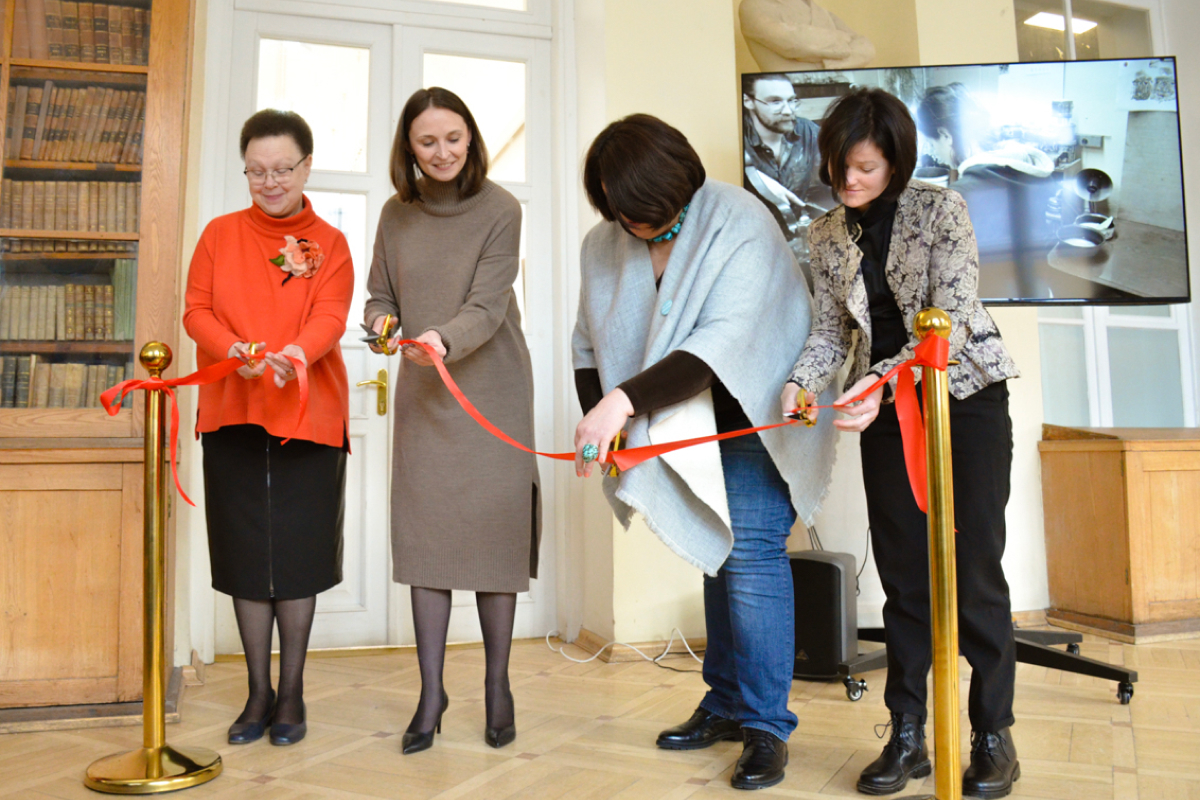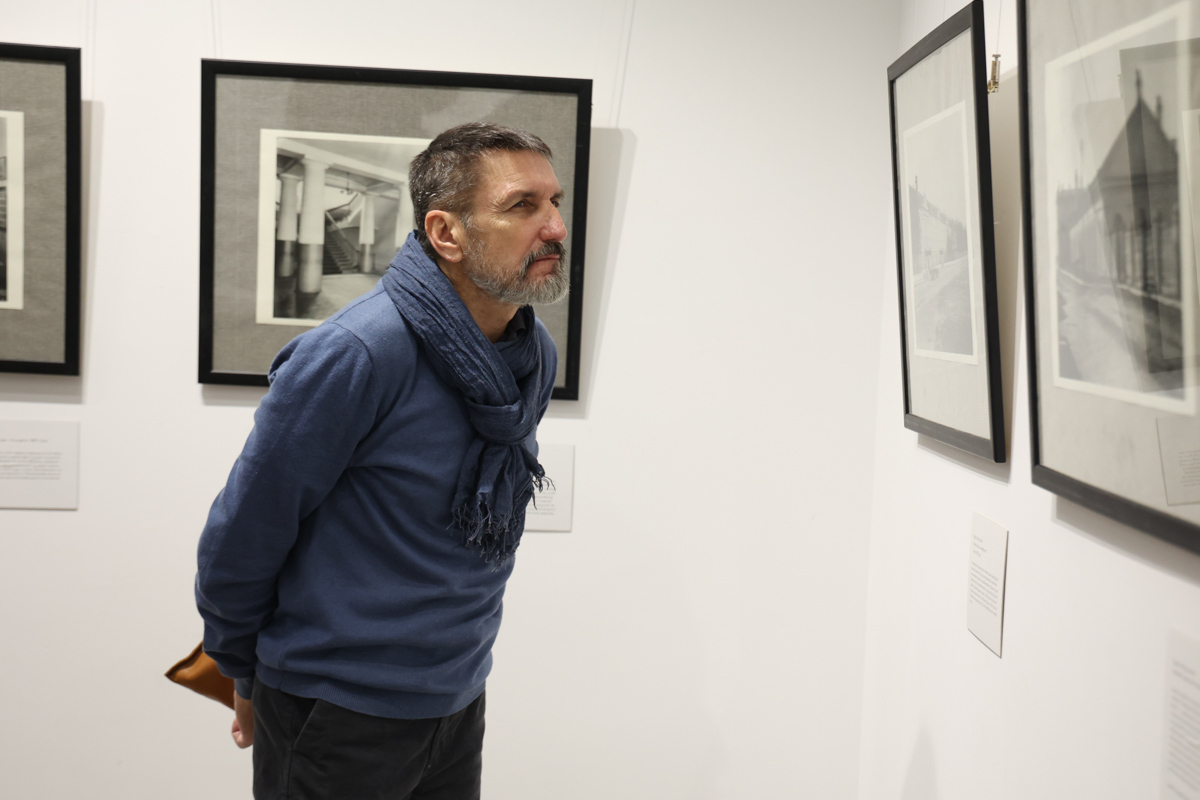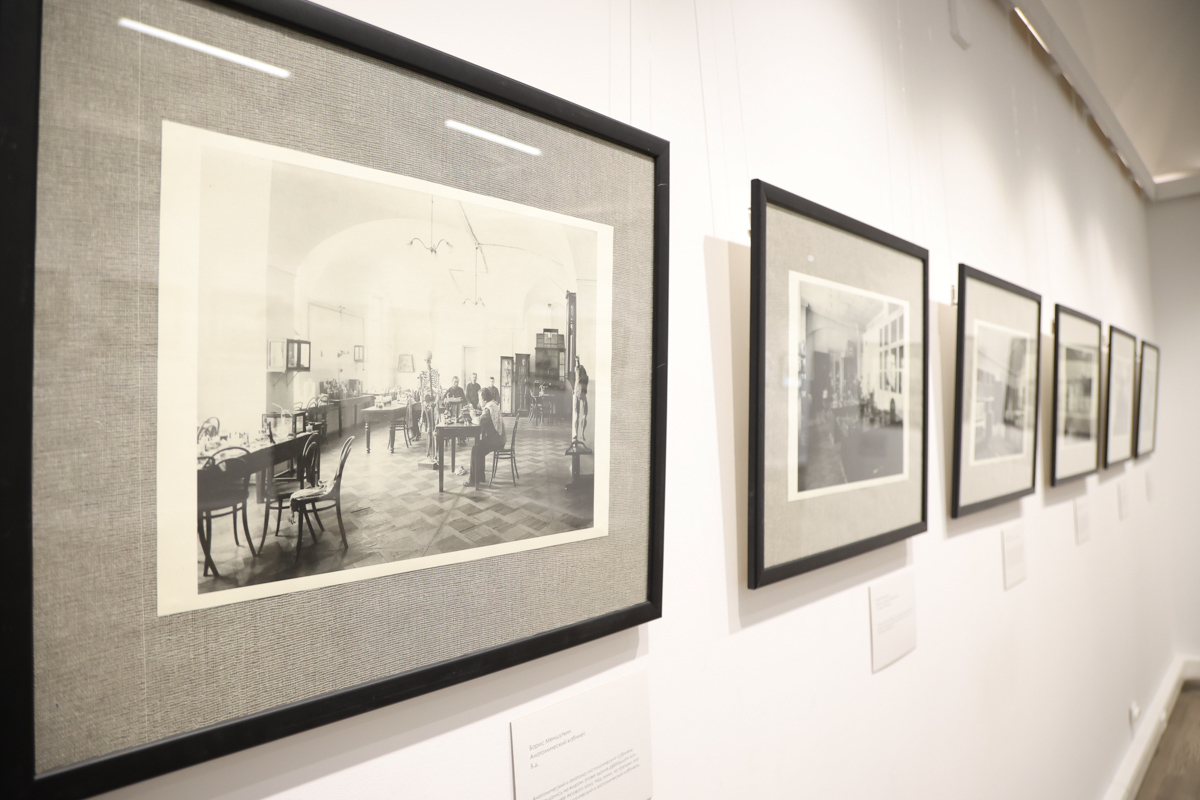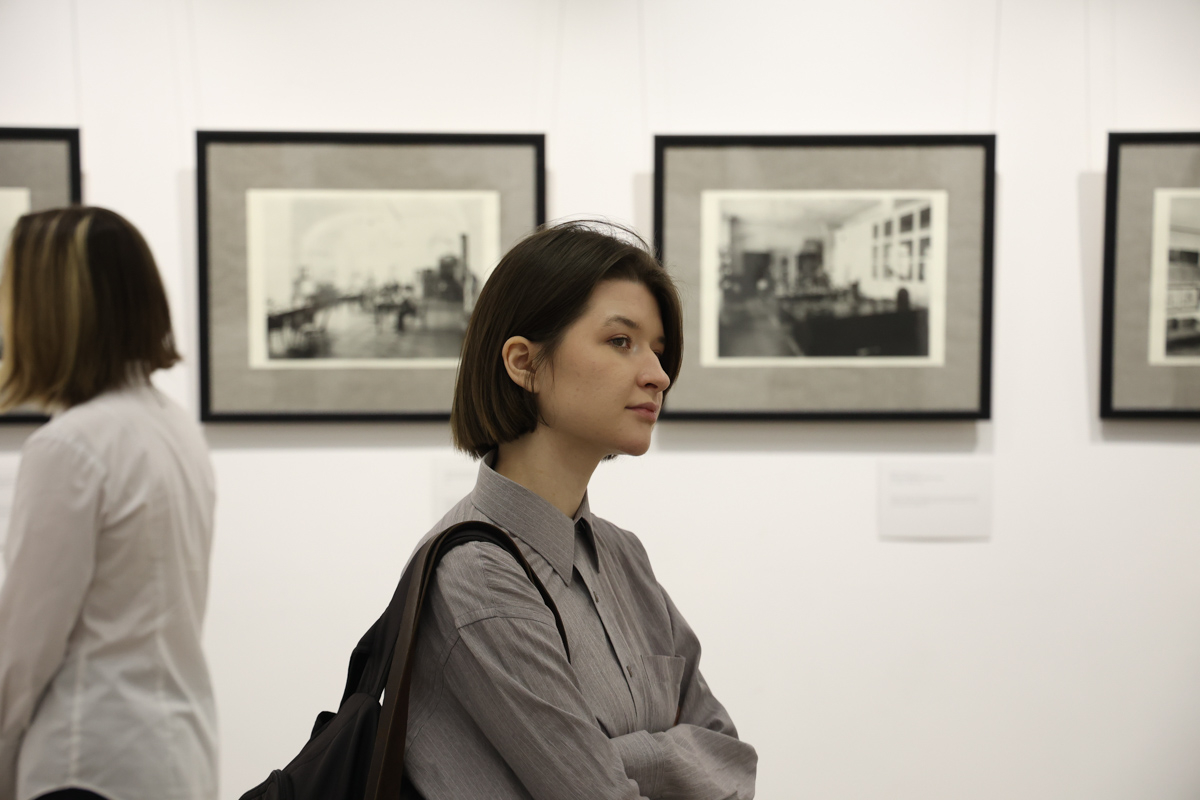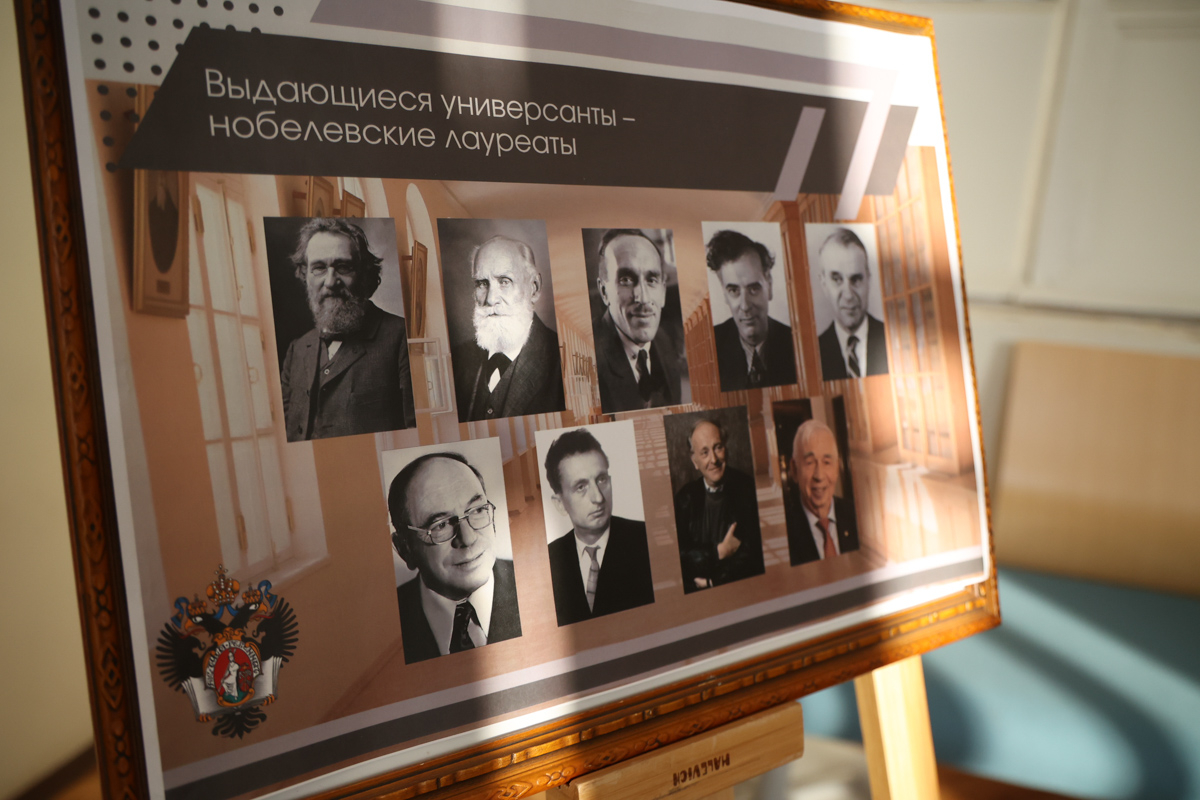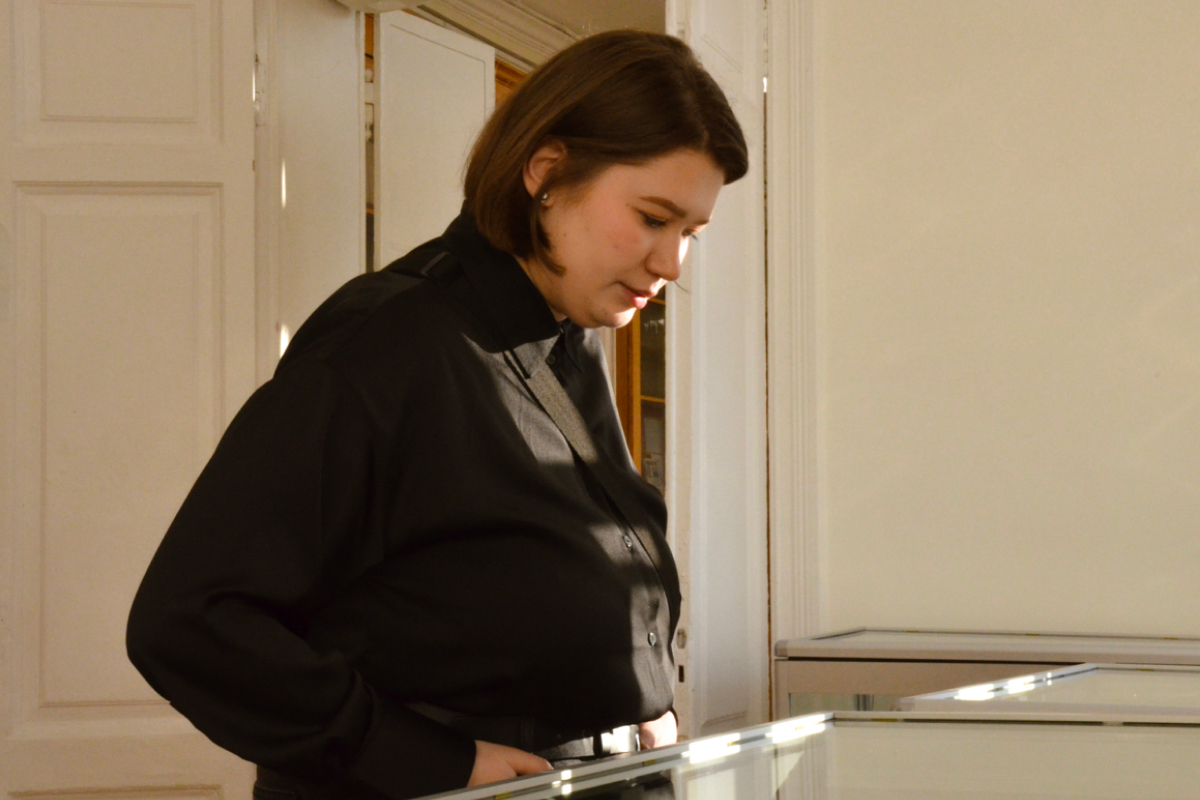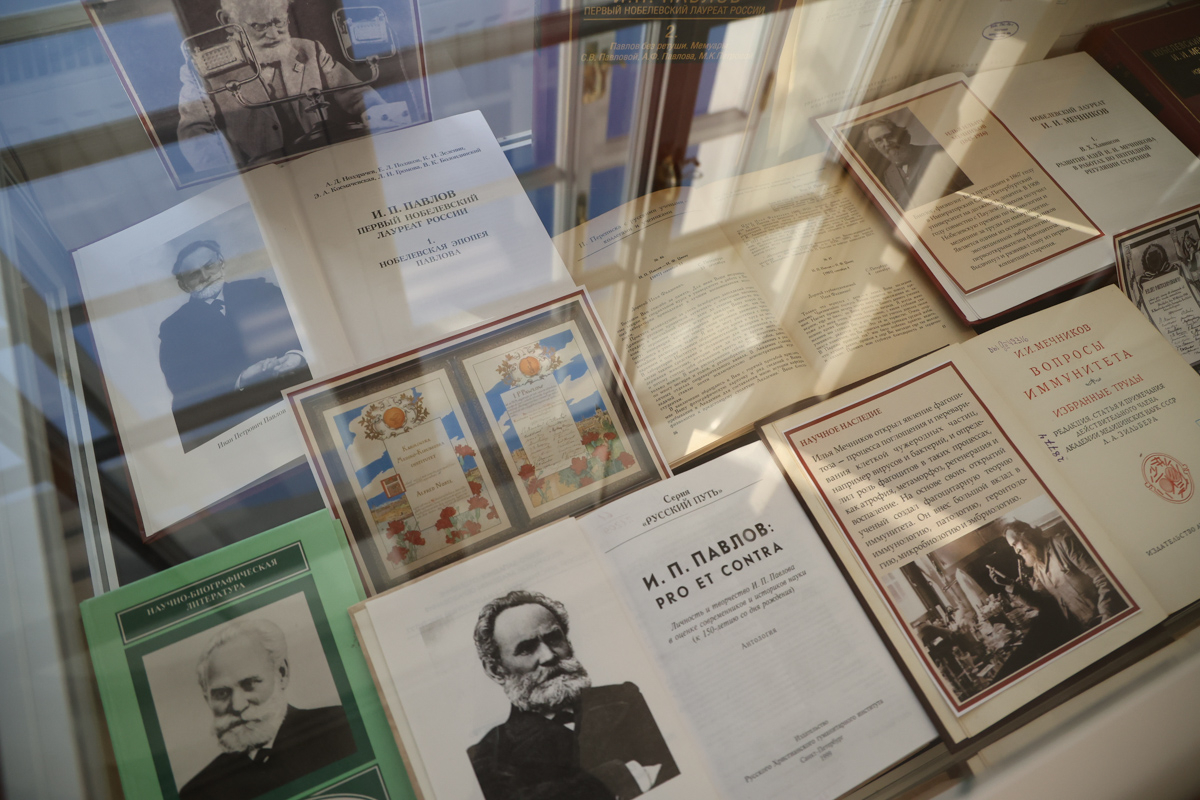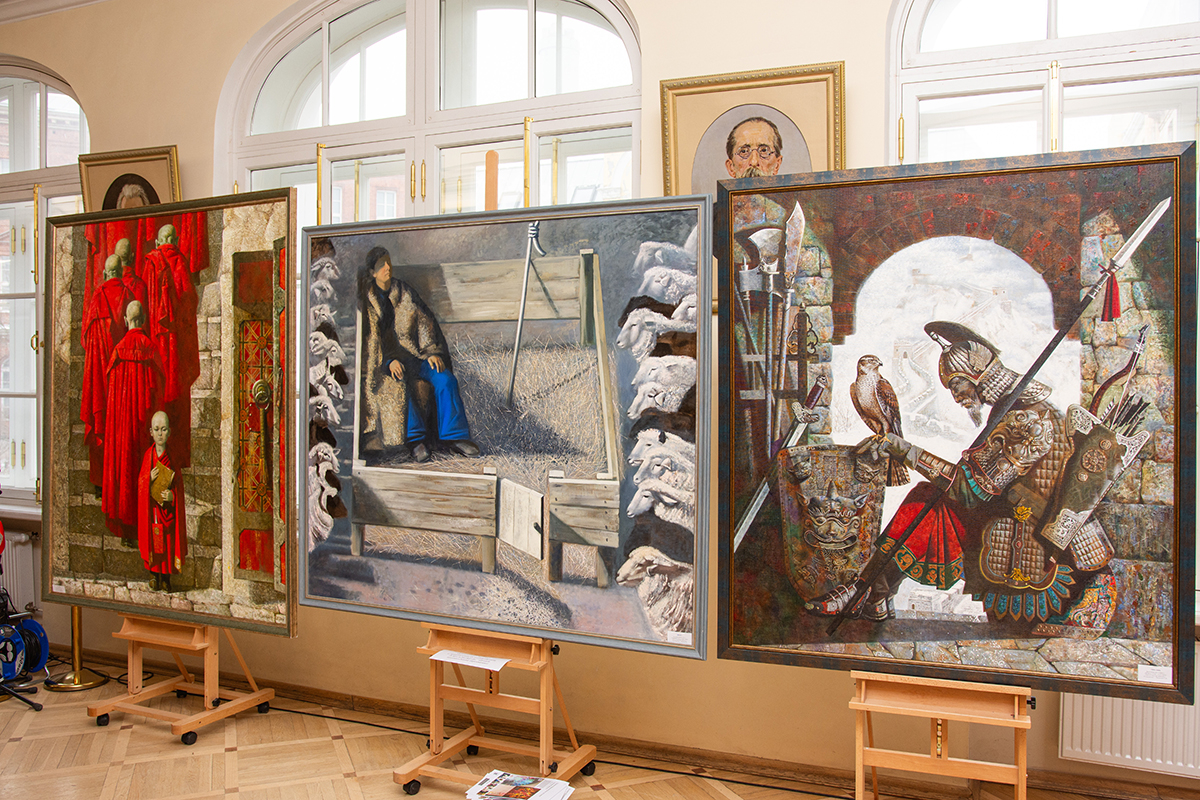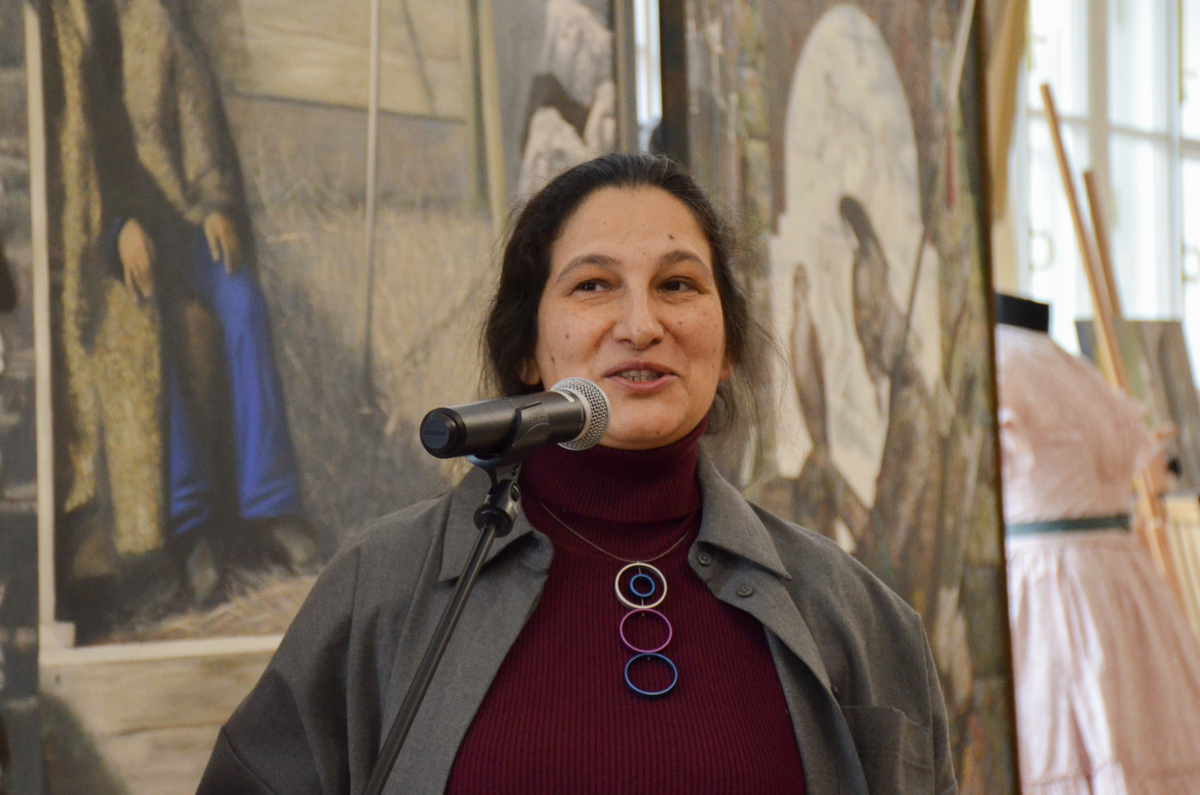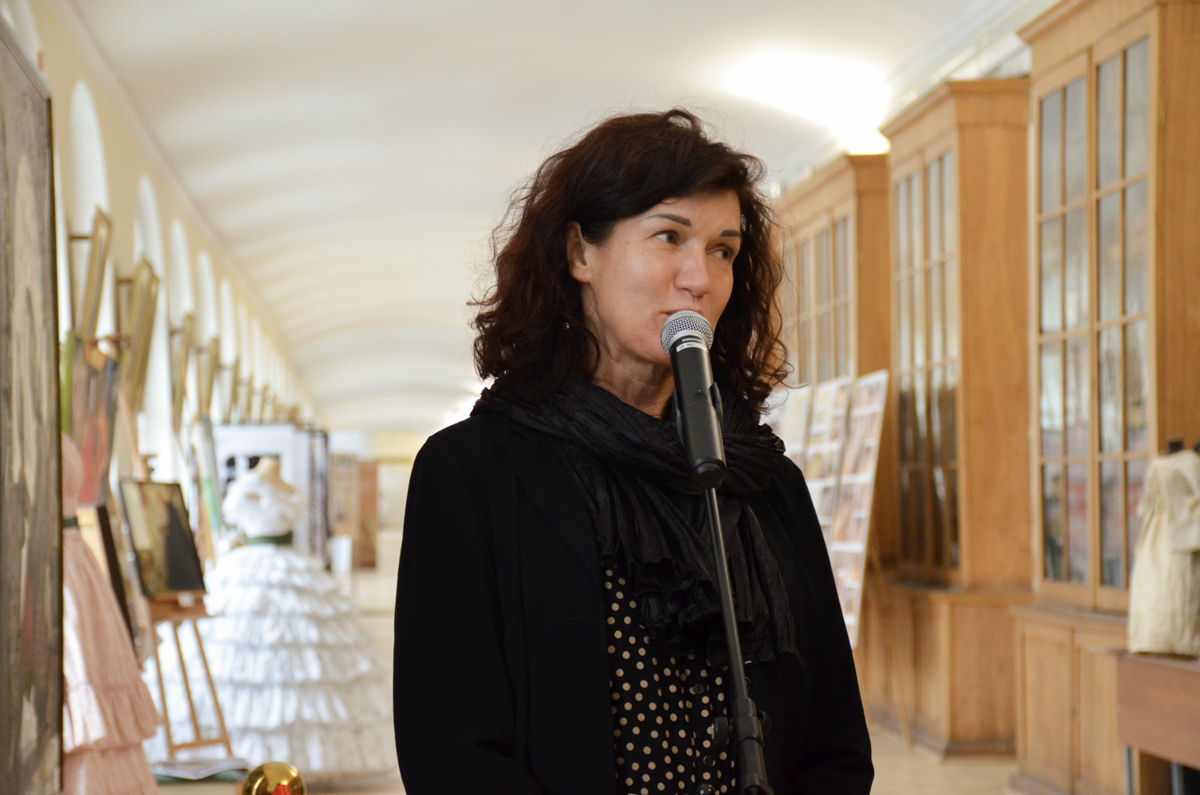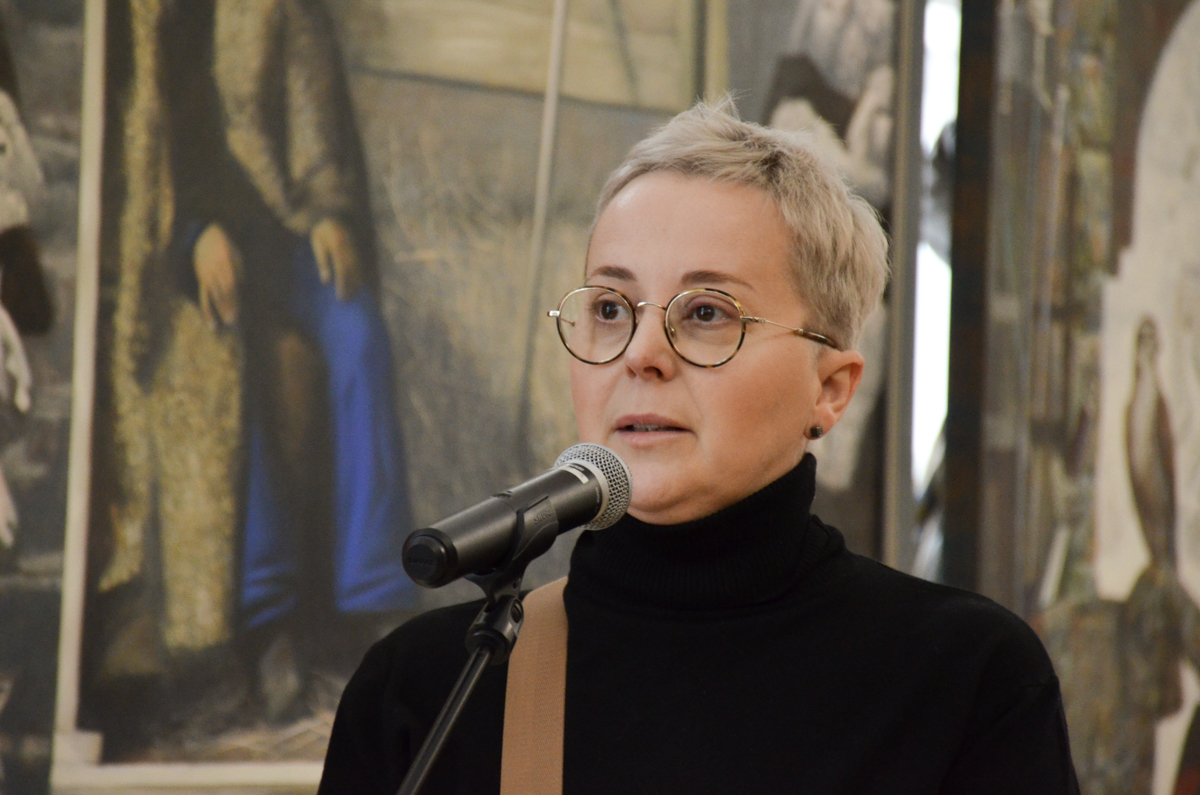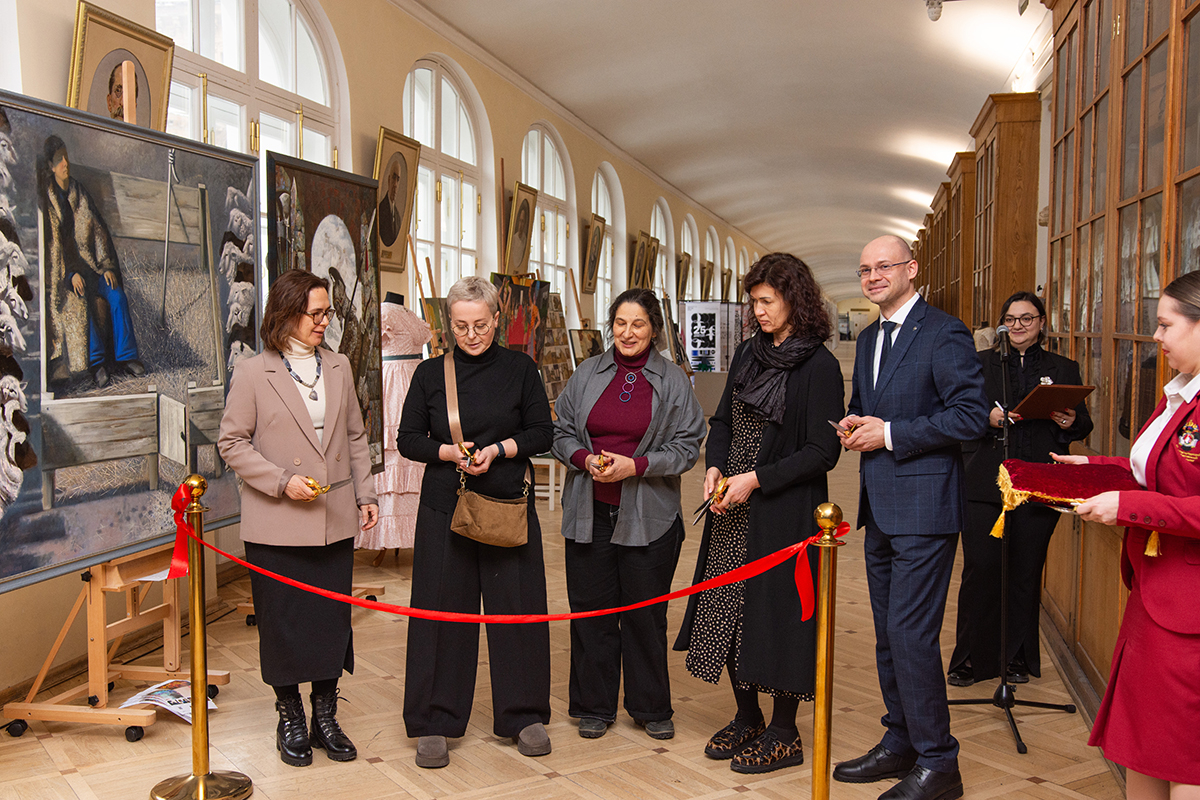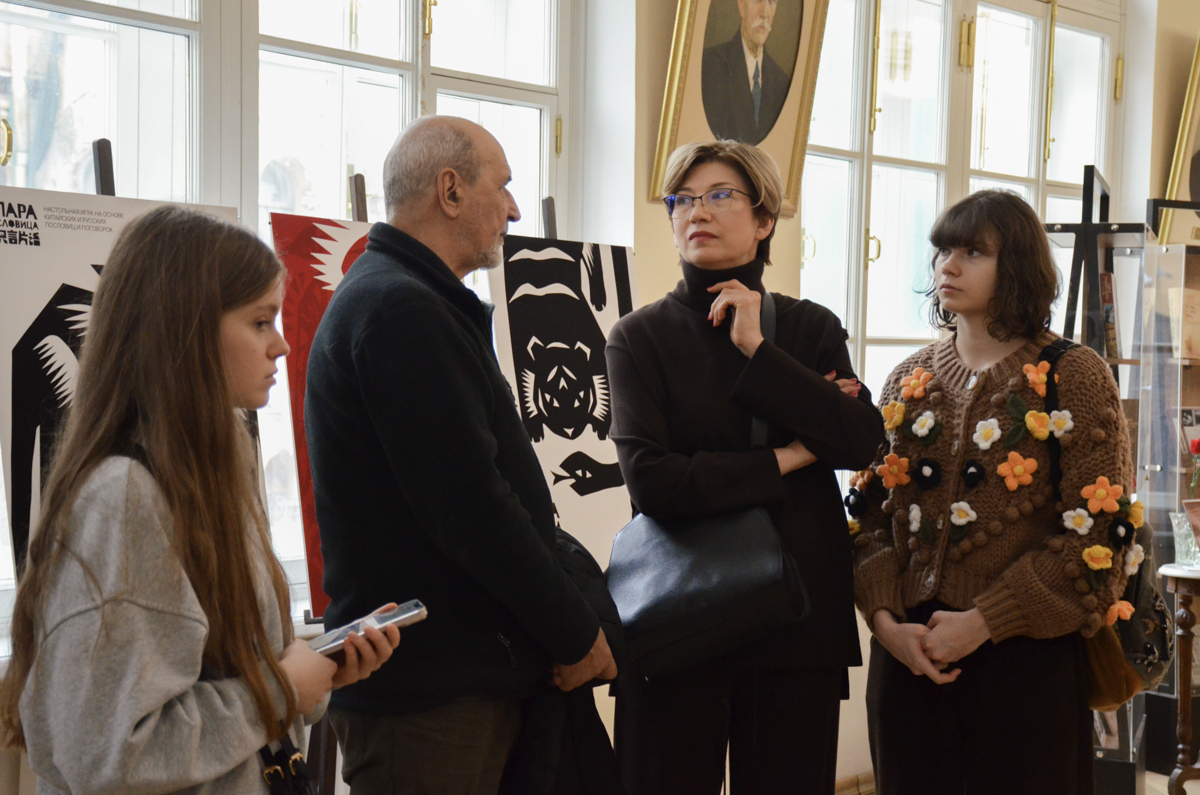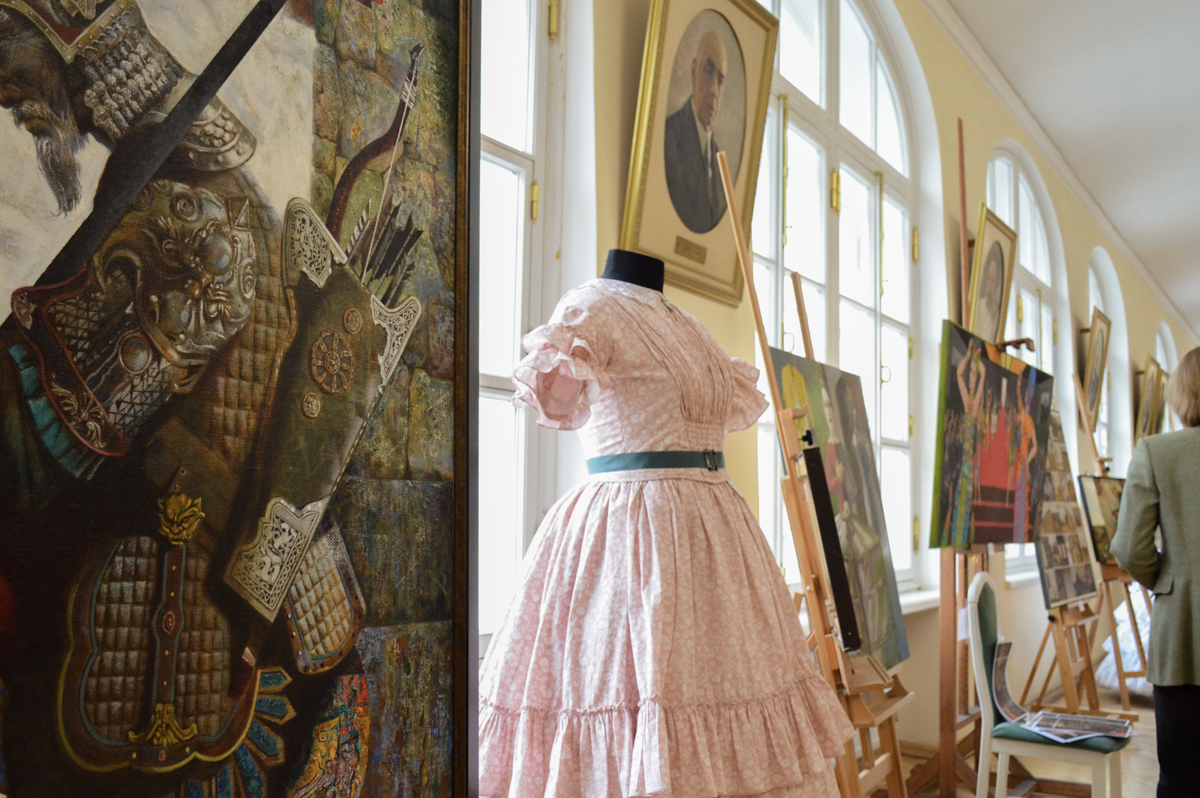A series of festive exhibitions at St Petersburg University
St Petersburg University has opened three exhibitions at once. They are to mark the University’s 301st anniversary. The exhibitions reflect the main stages of the history of the oldest university in Russia. They also focus on the outstanding achievements of academic staff and students.
The main goal of the festive exhibitions is to analyse the history of the University and show its versatility, said Anastasia Yarmosh, Acting Senior Vice-Rector for Strategic Development and Partnership at St Petersburg University.
The exhibition hall of the Twelve Collegia building houses the exhibition "Architectural Palimpsest: St Petersburg University". It is dedicated to the architectural appearance of St Petersburg University and demonstrates how the educational institution has been expanding and transforming throughout its 300-years history.
Such shows are the result of the great work of many subdivisions and offices at St Petersburg University. Among them are: museums, the Publishing House, researchers, and students. They have combined their talents and skills for a sound reason. We want to show where we are today, how we have been travelling to get where we are now, and most importantly, where we are going to.
Anastasia Yarmosh, Acting Senior Vice-Rector for Strategic Development and Partnership at St Petersburg University
The curator of the exhibition is Ekaterina Stanyukovich-Denisova, Head of the Diaghilev Museum of Contemporary Art at St Petersburg University. "It is crucial for us to show the interdisciplinary development of the University, i.e. how small offices at departments in the Twelve Collegia building have matured into faculties and institutes that are located now in the famous buildings," said Ekaterina Stanyukovich-Denisova.
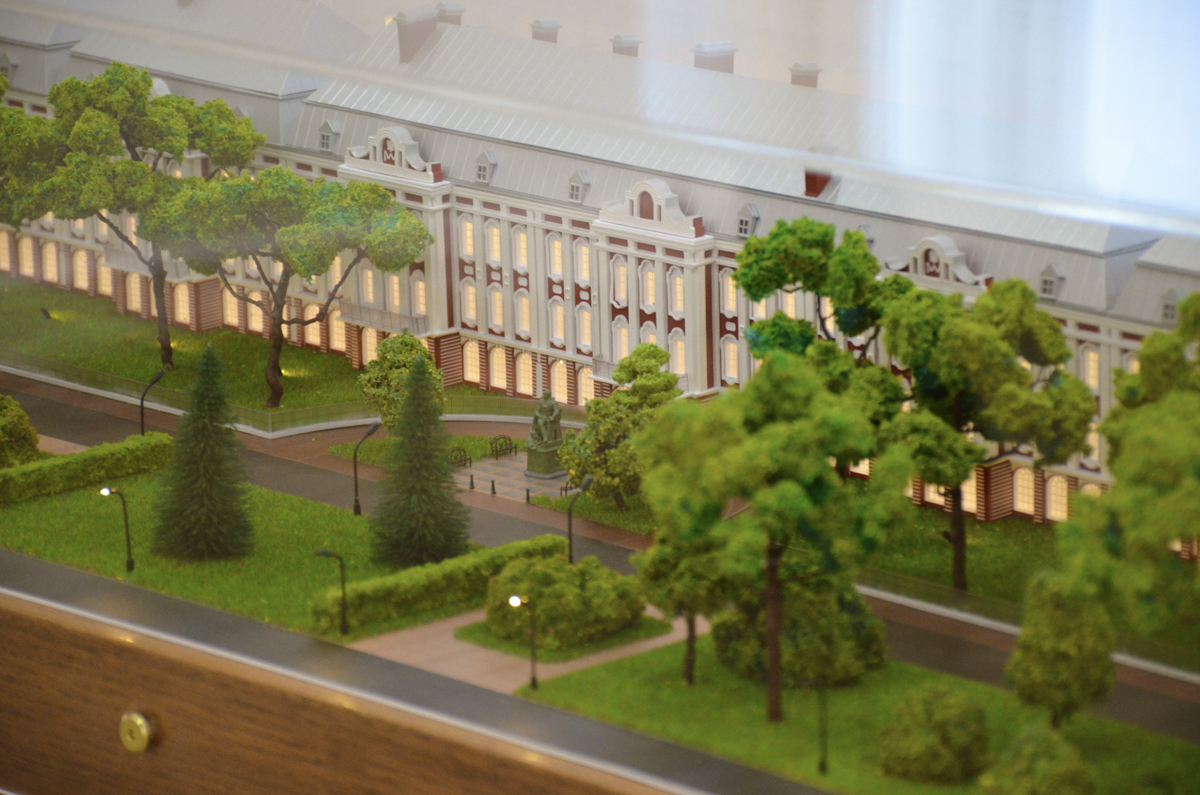
The main exhibit of the exhibition is a three-dimensional model of the Twelve Collegia building, which allows you to immerse into the idea of the "architectural genius" of Domenico Trezzini and Theodor Schwertfeger, embodied in the monument of the Petrine Baroque era. The exhibition is supplemented by a series of photographs from the late 19th century from the collection of the St Petersburg University History Museum, created by Boris Menshutkin (1874-1938), a graduate of St Petersburg University and a famous chemist. The photographs show the pre-revolutionary interiors of the main building and the territory with the Botanical Garden.
The exhibition also features lithogravures by Olga Vasileva, a lecturer at St Petersburg University. They are from the series "The University" and "Vasilyevsky Island". Apart from the classic views of the Twelve Collegia building, the Kelkh mansion, and Smolny Cathedral, she presented the works "Peter the Great Fountain" and the monument to Count Sergey Uvarov. Both landmarks appeared on the map of St Petersburg in the year of the 300th anniversary of the Russia’s oldest University.
I am glad that the work on my series of engravings on the theme of Vasilyevsky Island, with St Petersburg University as an integral part, has ended up with this exhibition. This is not just an exhibition. It is a combination of the traditions of the Leningrad school of lithography with the University values.
Olga Vasileva, a lecturer at St Petersburg University
The exhibition project "Outstanding University Staff and Students — Nobel Laureates" has opened in the M. Gorky Scientific Library at the St Petersburg University. It presents publications from the book collections of the University dedicated to the lives of nine Nobel laureates of St Petersburg University: Ivan Pavlov, Ilya Mechnikov, Nikolay Semyonov, Lev Landau, Alexander Prokhorov, Wassily Leontief, Leonid Kantorovich, Joseph Brodsky, and Alexey Ekimov.

"In our collections we store the entire history of the University, written through the prism of our scholars. At this exhibition, we want to emphasise the world level of University research," said Marina Karpova, Director of the M Gorky Scientific Library at the St Petersburg University. She also emphasised the importance of preserving the memory of the people who studied and worked here.
In the main corridor of the Twelve Collegia building, you can see the exhibition "Art in the Classical University". It displays the diploma projects of students and graduates of creative academic programmes at St Petersburg University, which demonstrate the wide genre diversity of artistic and design practice of the University staff and students.
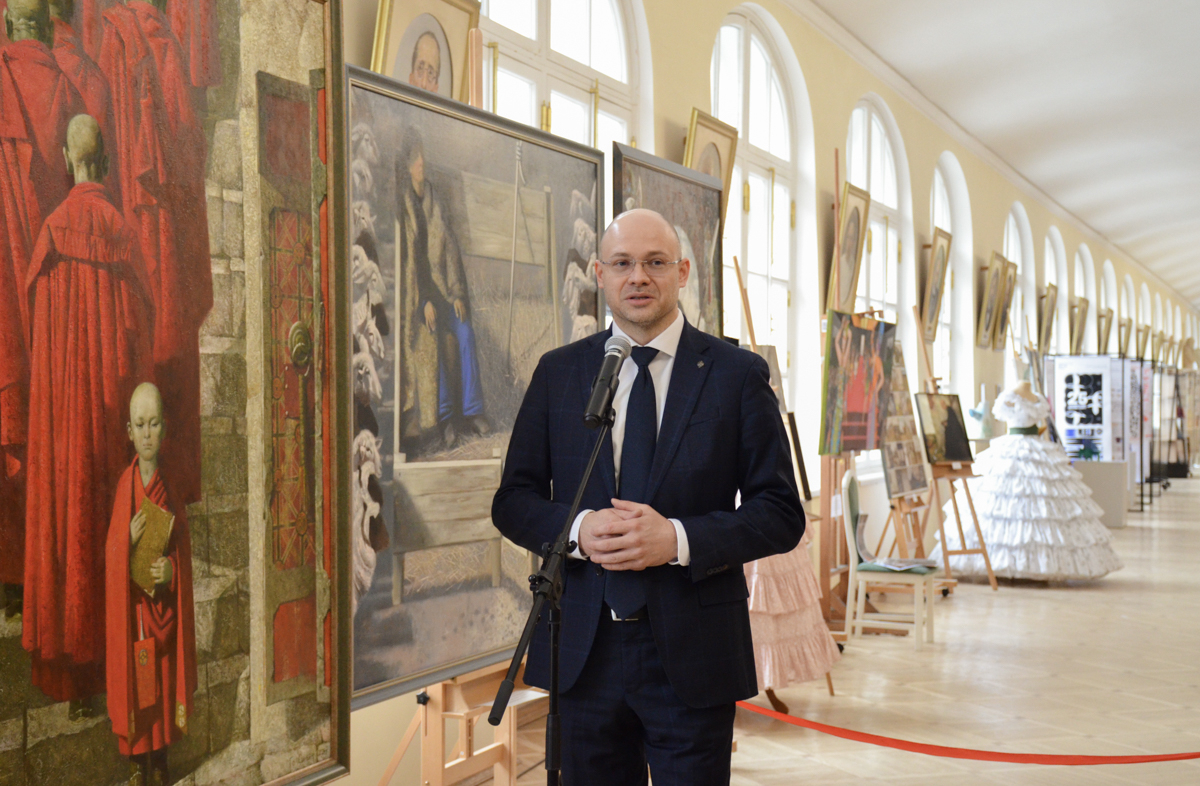
St Petersburg University has been training high-level specialists in creative fields for a quarter of the century, said Aleksandr Babich, Acting Senior Vice-Rector for Youth Policy and Admissions at St Petersburg University.
It is not typical for a classical university to have its own schools of painting, graphics, and acting. That is why we are especially proud that over the past 25 years we have formed our own artistic training areas. This exhibition is good evidence.
Aleksandr Babich, Acting Senior Vice-Rector for Youth Policy and Admissions at St Petersburg University
Among the exhibits on display is the graduation project of the former Mariinsky Theatre prima ballerina Ulyana Lopatkina. She has prepared the design for an inclusive theatre that will be located on Nevsky Prospekt.
The Presidential Library has a special collection dedicated to the history of the University. The collection includes official and statutory documents, historical notes and memoirs of contemporaries, monographs and abstracts, archival files, periodicals, and visual materials.
To mark St Petersburg University’ s anniversary, the Presidential Library opened the multimedia exhibition ‘Mr Student of St Petersburg Imperial University’ dedicated to students of pre-revolutionary Russia. The multimedia project was prepared by the M Gorky Scientific Library at St Petersburg University to show the Russian education system in the 19th century, the teaching and learning process, outstanding teachers, and graduates who became famous writers. There is emphasis placed on the Minister of National Education of the Russian Empire, Count Sergey Uvarov, who played a key role in the revival of the University in the 19th century. The exhibition is open until 20 February. The exhibition requires online pre-registration. Visit the official website of the Presidential Library to register.


